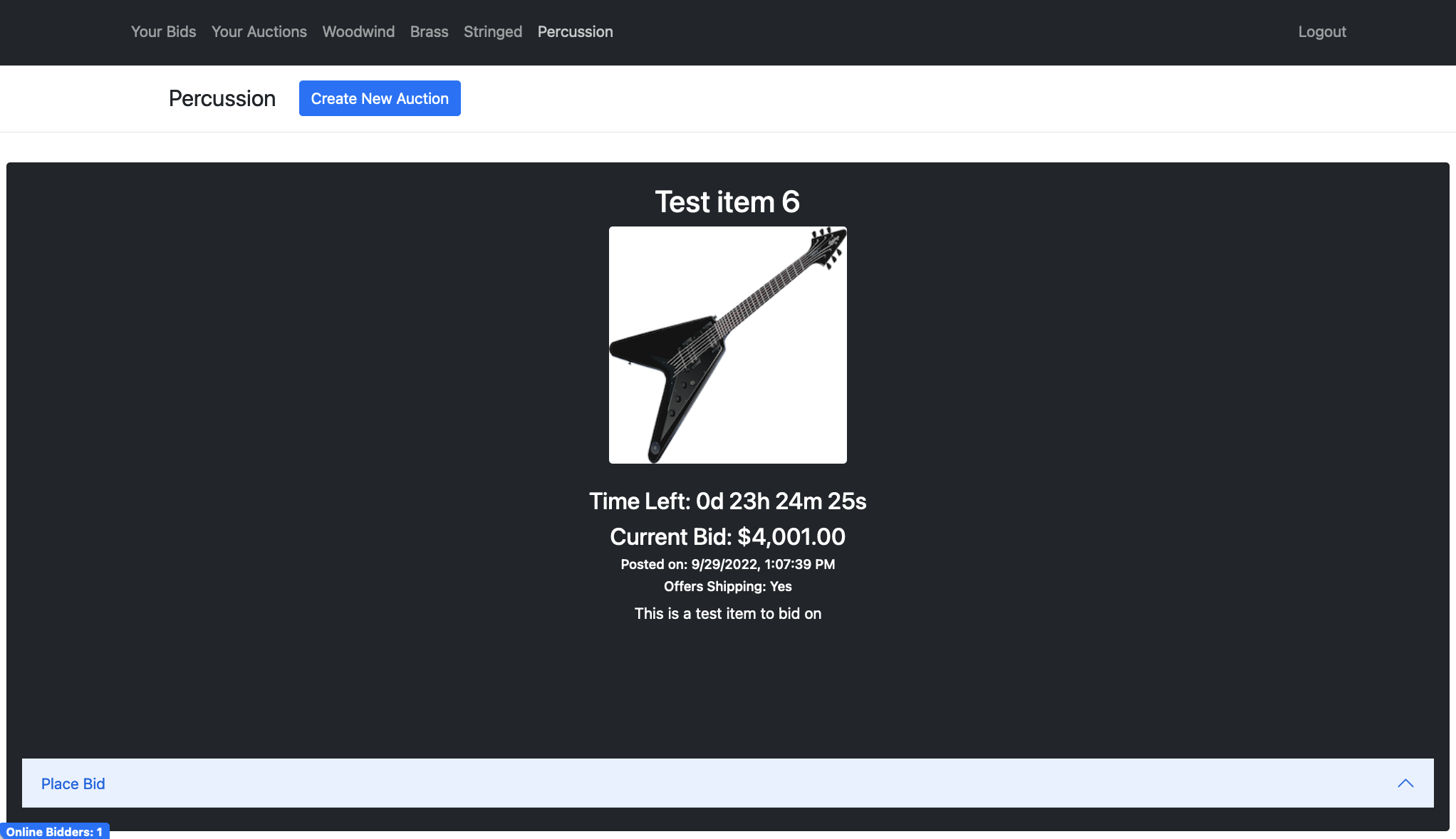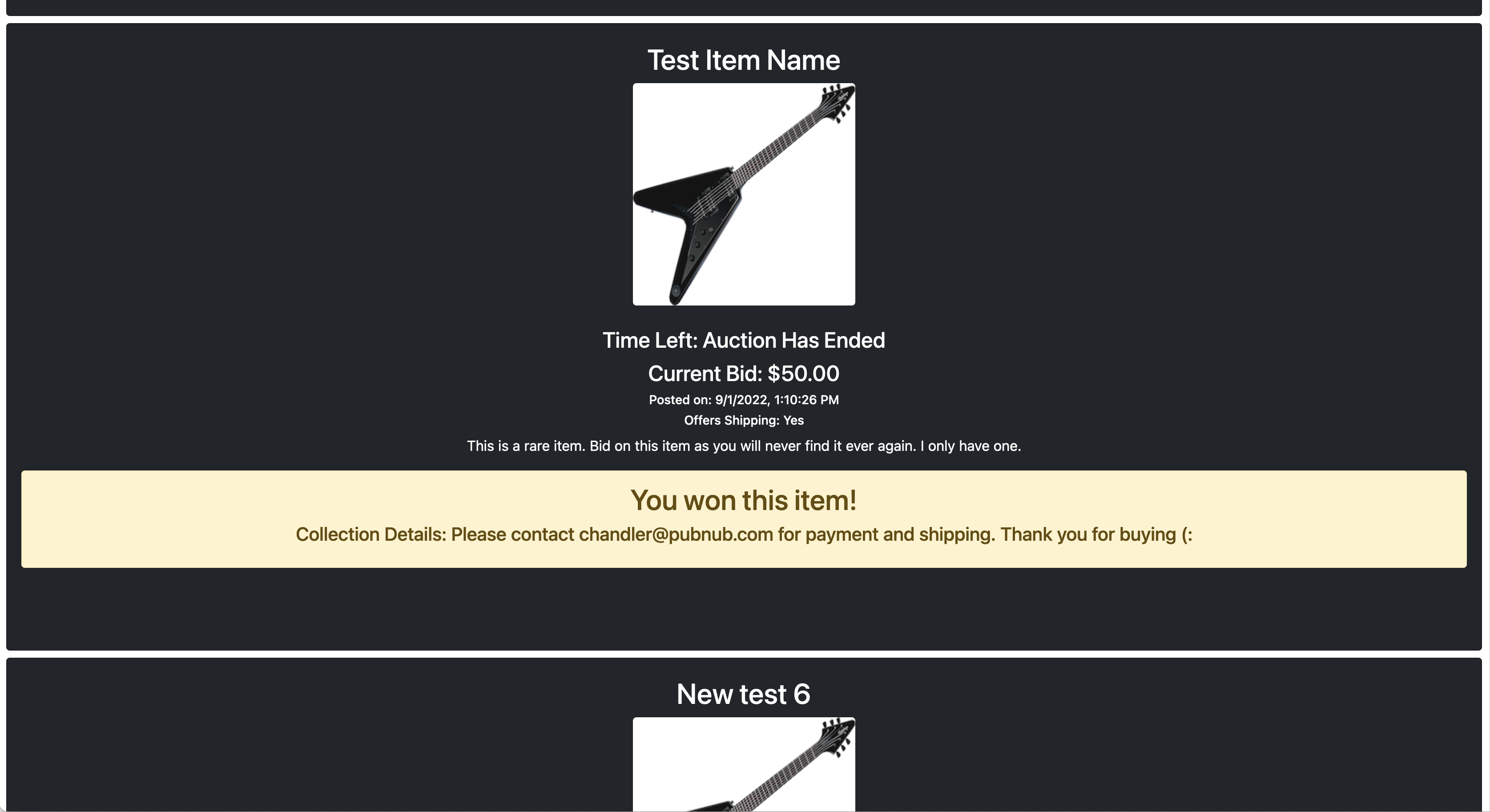What is an eCommerce application?
eCommerce (electronic commerce) is when a transaction occurs using the internet. An example is when a customer (the buyer) purchases one or more products or services online from a virtual storefront (the seller). eCommerce applications or e-commerce apps are design patterns of functionality needed to list items for purchase, facilitate a transaction by accepting payment methods, and initiate fulfillment or delivery of those purchases.
What is mobile eCommerce app?
Mobile e-commerce applications and shopping apps also function as marketing tools when they allow for paid strategic placement of items for sale or use push notifications to market products. Mobile app development for e-commerce is also called m-commerce or mCommerce.
Transactions that occur in the eCommerce industry can usually be classified as business-to-consumer (B2C), consumer-to-consumer (C2C), or business-to-business (B2B). eCommerce apps are optimized around the buyer and seller relationship. These categories are a way to break down the different types of eCommerce app experiences in the eCommerce industry and the various applications of e-commerce.
Key Features of eCommerce Apps:
Product Listings: Detailed descriptions, images, prices, and availability of products. Categories and search functionality to help users find products easily.
Shopping Cart: Allows users to add products they wish to purchase and review them before proceeding to checkout.
Payment Processing: Integration with various payment gateways (credit/debit cards, digital wallets, bank transfers) to facilitate secure transactions.
User Accounts: Features for user registration, login, and profile management. Order history, wish lists, and personalized recommendations.
Order Management: Tools for tracking orders, managing returns, and handling customer inquiries.
Notifications: Push notifications to inform users about order status, promotions, and new products.
Customer Reviews and Ratings: Allow customers to leave feedback and rate products, helping others make informed decisions.
Shipping and Delivery Options Information on shipping methods, costs, and delivery times. Order tracking capabilities.
Return feature is essential for managing product returns and ensuring customer satisfaction.
Customer Support Access to customer service through chat, email, or phone.
Analytics and Reporting Tools for businesses to track sales performance, customer behavior, and inventory levels.
Types of eCommerce Apps:
Business to Consumer (B2C) eCommerce Applications
A B2C eCommerce app is like a virtual retail store, listing items for sale, managing shopping carts, handling transactions, and shipping items. Examples include Amazon, Ebay, Allegro, Shopee and others.
Consumer to Consumer (C2C) eCommerce Applications
C2C eCommerce apps facilitate transactions between consumers, acting as intermediaries for payments and dispute resolution. eBay is a prime example, offering features like real-time online bidding and linking with social media for competitive marketing. Other C2C eCommerce Apps examples: Facebook Marketplace, Craigslist, Etsy, OLX
Business to Business (B2B) eCommerce Applications
B2B eCommerce apps cater to the unique needs of businesses selling to other businesses, often involving ongoing relationships and detailed negotiations. Features like chat and push notifications are essential. Alibaba is a leading example, providing a marketplace for small manufacturers and exporters to sell internationally. Other B2B eCommerce apps examples: BigCommerce, Adobe Commerce (formely MAGENTO), WooCommerce and others
Other popular names and synonyms to eCommerce app
Web Store
Online Store
Shopping App
Marketplace App or just "marketplace"
Retail App
eCommerce Platform
How PubNub can integrate with eCommerce app
PubNub is a global, real-time messaging platform ideal for low-latency, event-driven communication in modern eCommerce systems. While it enables fast message delivery and synchronization, business logic (e.g., inventory control, order processing) must remain in backend services. Key use cases include:
1. Real-Time Support & Notifications
Live Chat: Use PubNub’s pub/sub APIs for instant messaging between users and agents, with presence, typing indicators, and global low-latency delivery. Backend handles sessions, storage, and escalation logic.
Buyer–Seller Messaging: Secure real-time chat with moderation via backend relay services.
Push Notifications: Use PubNub Blocks to trigger in-app alerts (e.g., shipping updates, promo alerts). For offline users, forward events to push gateways like APNs or FCM.
2. Order Tracking & Fulfillment
Order Status Updates: Backend detects state transitions and publishes updates via PubNub (e.g., order. channels).
Live Delivery Tracking: Driver apps stream GPS data to customer apps through secure PubNub channels, rendered in real time.
3. Inventory Sync (Advanced)
In flash-sale scenarios, PubNub broadcasts inventory updates (e.g., sku_1234: qty=12) to all connected clients. Backend manages actual inventory state and validation.
Production Considerations
Ordering: Guaranteed per-channel message order—design channels with care.
Scalability: Supports millions of connections globally with 99.999% SLA.
Security: Use PAM with JWT tokens for fine-grained access control.
Observability: Leverage analytics and message hooks for insight into real-time flows.
4. Collaborative e-Shopping
Shared Cart Experience: Multiple users can collaborate on a shopping session in real time. For example, family members can add items to a shared cart simultaneously, with each user seeing the updates instantly.
Social Shopping: Users can share their shopping experience with friends or family members by inviting them to view or suggest products in real time, enhancing the social aspect of online shopping.
5. Flash Sales and Real-Time Bidding
Flash Sales: PubNub can be used to manage real-time events like flash sales, where inventory is limited, and products sell out quickly. It ensures that all users are updated instantly when a sale starts or when an item is about to sell out.
Live Auctions: In an e-commerce platform that supports auctions, PubNub enables real-time bidding, allowing users to place bids and see the latest bid amounts instantly.
6. Personalized Real-Time Sale Recommendations
Dynamic Content Delivery: PubNub can deliver personalized recommendations to users in real time based on their browsing or shopping history. For example, if a user is looking at a specific product, PubNub can push related products or promotional offers instantly.
7. Backend App Monitoring and Alerts
In a production-grade eCommerce environment, rapid visibility into backend issues is critical for maintaining system uptime and customer trust. PubNub can serve as a real-time transport layer for operational alerts, enabling engineering and DevOps teams to respond quickly to incidents like:
Server outages or degraded performance
Payment gateway failures
Unexpected spikes in error rates
Suspicious or anomalous user behavior (e.g., bot attacks, fraud patterns)
Important Distinction:
Remember, that PubNub is not a monitoring tool in itself—it does not detect these events autonomously. Instead, external observability platforms (e.g., Datadog, Prometheus, Sentry, custom anomaly detection pipelines) are responsible for identifying such issues. Once detected, these systems can publish structured alerts to PubNub channels (e.g., alerts.devops, alerts.payments) to notify the appropriate teams via dashboards, mobile push, or live alerting UIs.
This approach allows alerts to be disseminated across globally distributed teams in real time, regardless of geography or device. Additionally, PubNub’s low-latency message delivery, presence features, and fine-grained access control make it well-suited for operational war rooms and NOC-style dashboards.
Example Flow:
Monitoring system detects a payment API timeout spike.
Alert rule triggers a webhook or serverless function.
Message is published to a PubNub alert channel (
alerts.payment).Subscribed clients (e.g., admin dashboards, Slack integrations, mobile apps) receive and display the alert instantly.
As with other real-time features in an eCommerce stack, it’s essential to reinforce that PubNub functions purely as the message transport layer. It doesn't perform analytics, health checks, or intelligent filtering — those capabilities must be built or integrated into the backend infrastructure.
8. User Activity Tracking
PubNub eCommerce Real-Time Analytics with Illuminate, enables real-time data insights by passively capturing user interactions and engagement —product views, cart actions, purchases, chat—without adding request overhead. Its globally distributed architecture ensures sub-millisecond event streaming, keeping dashboards instantly updated and responsive.
Illuminate integrates seamlessly with Kafka, Flink, and cloud warehouses (BigQuery, Snowflake), allowing real-time anomaly detection, segmentation, and AI-driven predictive analytics. Fraud patterns, cart abandonment, and bot activity can trigger automated interventions via PubNub Functions, executing edge-compute logic for personalized promotions, fraud prevention, or recommendation updates.
PubNub’s low-latency infrastructure makes it ideal for high-traffic eCommerce platforms, ensuring real-time insights scale efficiently. By leveraging event-driven automation with Illuminate, businesses optimize conversions, personalize experiences, and maintain operational agility without compromising performance.
9. Collaborative Filtering for Recommendations
PubNub doesn’t handle ML models at it's core, but it plays a key role in real-time data synchronization for collaborative filtering. As users interact with content, PubNub pushes activity data across devices and sessions, ensuring backend recommendation engines receive fresh input. This enables dynamic updates without manual refreshes.
While the heavy computation—such as similarity calculations or deep learning models—runs on separate infrastructure, PubNub acts as a low-latency messaging layer, reducing stale recommendations and enhancing real-time personalization.
10. Real-Time Feedback Collection
Instant Feedback: After a purchase or interaction, PubNub can push a prompt to users asking for feedback or ratings. This feedback is collected in real time and can be used immediately to improve service quality or product offerings.
Integration Approach:
To integrate PubNub with an e-commerce app, you would typically follow these steps:
SDK Integration: Integrate the PubNub SDK into your app, available for various platforms like iOS, Android, and web.
Channel Setup: Set up channels in PubNub for different types of real-time data, such as chat, notifications, or tracking information.
Publish/Subscribe Model: Use PubNub's publish/subscribe model to broadcast messages (like notifications) and allow users to subscribe to channels of interest.
Event Handling: Implement event listeners in your app to handle incoming messages, updates, or notifications in real time.
Security & Access Control: Configure PubNub's access management to secure the communication channels and ensure that only authorized users can access specific data streams.
Read more: Building Customer Data Insights Platform


